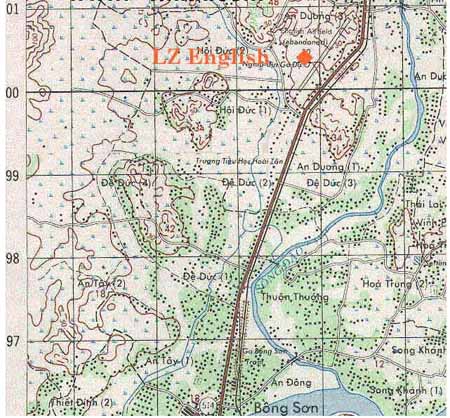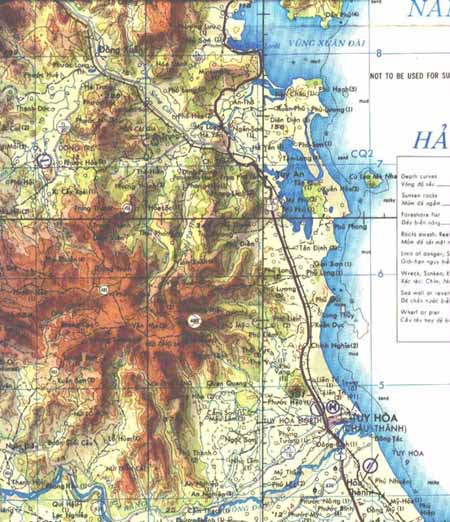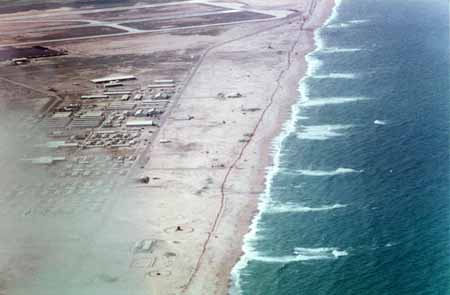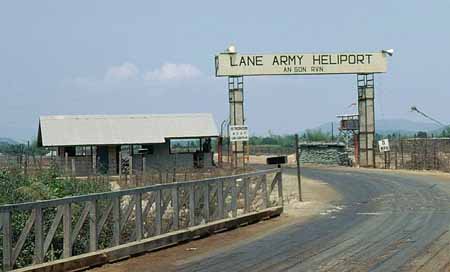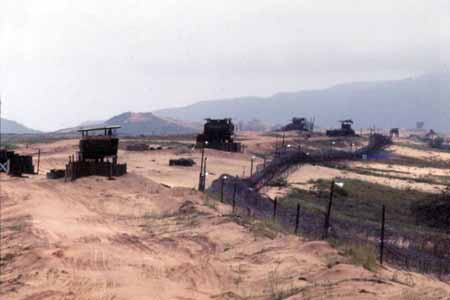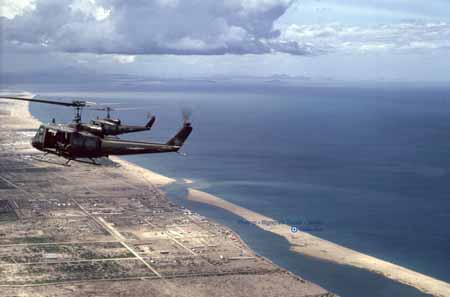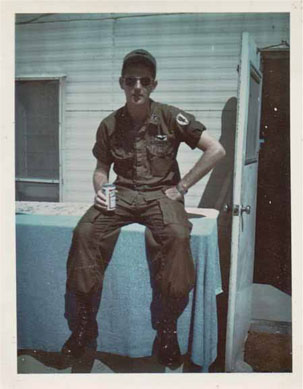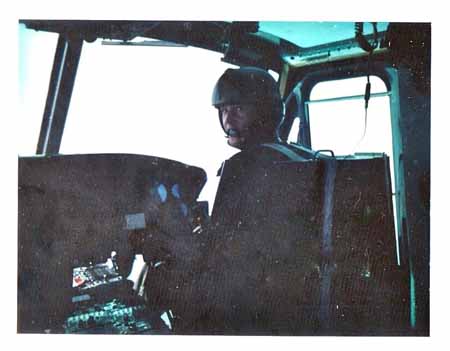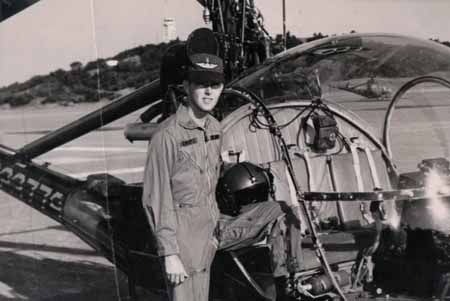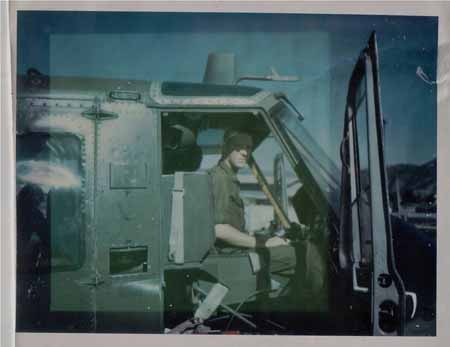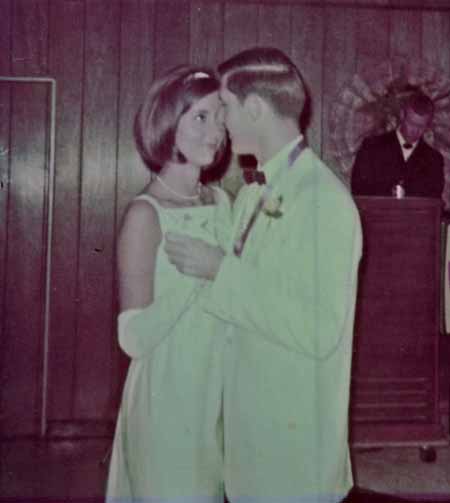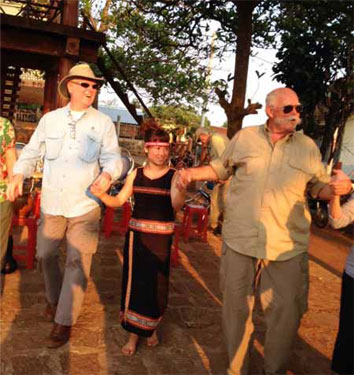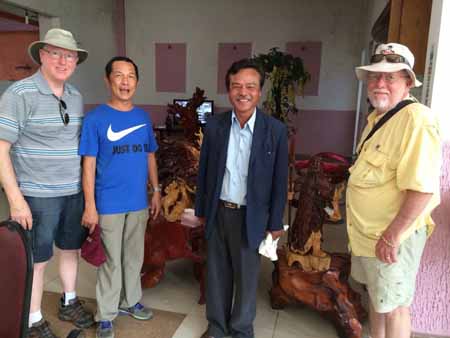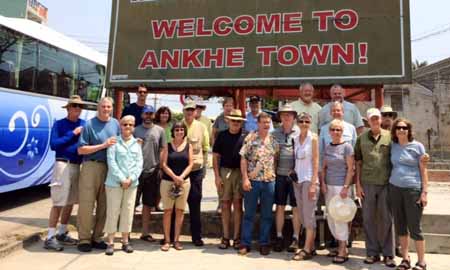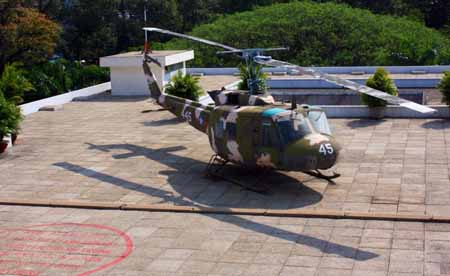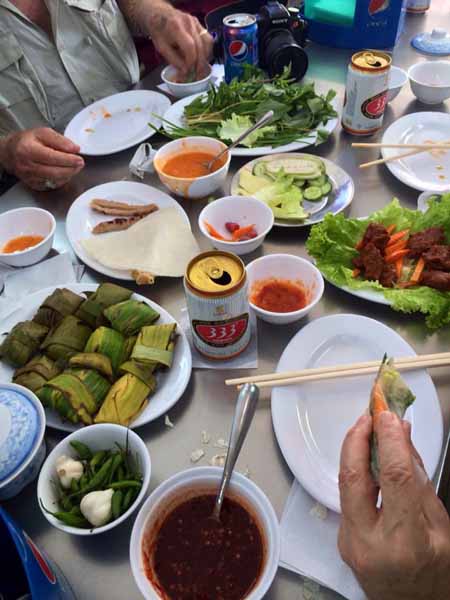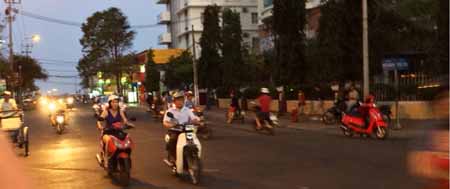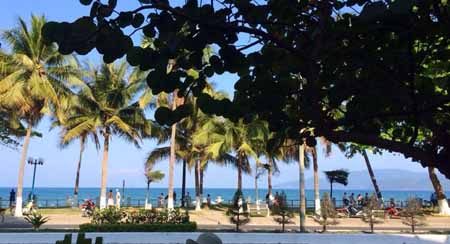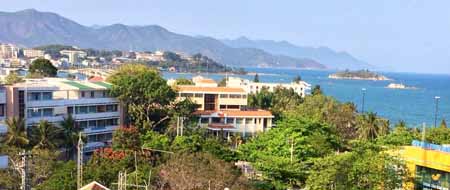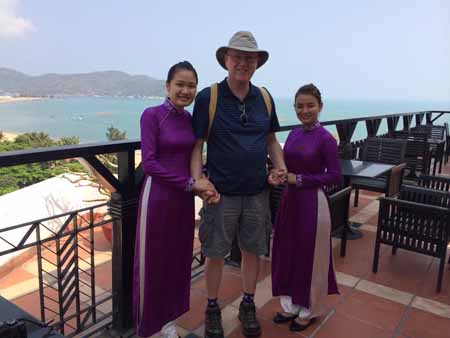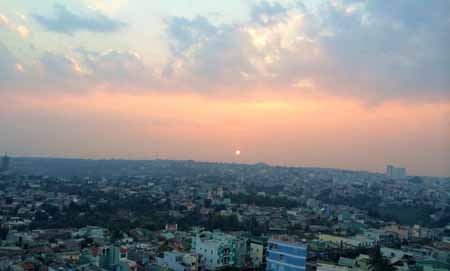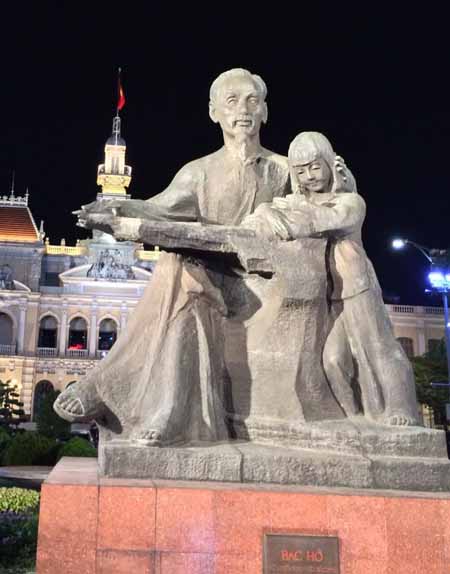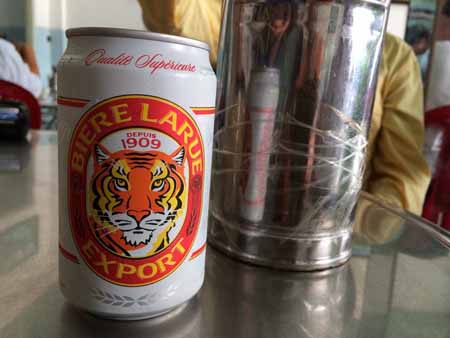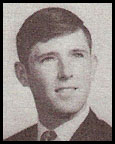Class of: 1968
Brick: yes
I graduated from Stetson in December, 1968, and was commissioned a 2nd Lieutenant as an ROTC graduate. I was one of two ROTC students who went through the flight training program and earned my private pilot’s license and a sure entry into the U.S. Army Flight Program. Ironically, the two of us destined to be Army Aviators were both assigned to the Infantry Branch. In January of 1969 I reported for duty at Fort Benning, Georgia, for the Infantry Officer Basic Course. Upon completion, I received my orders for Fort Wolters, in Mineral Wells, Texas, and the U.S. Army Primary Helicopter School. I found my flight training at Stetson to be invaluable and I graduated in August as the Honor Graduate of Class 69-42. That would have come as a surprise to Lt. Colonel David McCorvey as I was anything but an honor graduate during my ROTC days at Stetson. By that time, my wife, Gena Medrano Swartz (Stetson Class of 1967), joined me in Texas after she finished her teaching assignment at DeLand High School, and we hurriedly drove from Mineral Wells to Savannah, Georgia, just ahead of Hurricane Camille as we passed through Louisiana, Mississippi, and Alabama.
For the next few months I was stationed at Hunter Army Airfield in Savannah and completed the Advanced Helicopter School, transitioning to the venerable UH-1 Huey helicopter. After an all-too-brief leave, I got my orders for Vietnam, leaving Gena with her mother in Miami. So, in March of 1970, with Peter, Paul and Mary’s “Leaving on a Jet Plane” playing in my mind, I began the longest trip of my life (and not just in miles). Through Travis AFB in Fairfield (California), Honolulu, and Guam on an American Airlines charter, I arrived during the dead of night at Ton Son Nhut Air Base near Saigon. For those who have seen that opening scene from “Platoon”, my experience was just as portrayed in the movie. As we were deplaning on a humid tarmac, a line of soldiers was waiting to board the aircraft on their way home. Not much sleep was had that night after a drive from the airbase to the Long Binh army base on a bus with chicken wire on all the windows and two jeeps with M-60 machine guns protecting the newly arrived. I had been assigned to the 1st Aviation Brigade and the next day I was on a C-130 headed for Nha Trang to meet the Battalion Commander and get my company assignment. The following day I took a short flight north on a Huey for Phu Heip and the 134th Assault Helicopter Company, which would be my home for the next eight months. Our Company, which included two Slick Platoons (troop carrying UH-1s), Demons, and one Gunship Platoon, Devils, later moved a short distance to Tuy Hoa Air Force Base after they moved out. We traded outdoor showers and latrines for air conditioned comfort. As a commissioned officer I found myself a minority member of the unit, which was overwhelmingly populated with warrant officers, most just out of high school and flight training. Compared to most of them, I was an old guy (23 years old). My check ride with the company instructor pilot, which should have only been a few hours, lasted a couple of weeks. The 134th was short of pilots and since he was the only one I could fly with until I received my in in-country check ride, we flew regular missions. That long check ride with a very experienced senior pilot served me well, as I learned the tradecraft that helped me survive my year in Vietnam. Within a couple of months I was promoted to Aircraft Commander (AC) from the initial .Peter Pilot. (co-pilot) slot where we all started. As a Slick pilot we flew Huey’s with a crew of four (AC, CP, Crew Chief and Door Gunner). Our Hueys were primarily used to carry troops and supplies, although they were equipped with two M-60 machine guns. Our days alternated between what was called “milk runs” and combat troop insertions. Many days were, indeed, very routine, carrying mail, supplies, and U.S. Army advisors to both ARVN (Army of Republic of Vietnam) and ROK (Republic of Korea) outposts for which we provided aviation support. Some days were more dicey as we inserted and retrieved LRRPs (Long Rang Reconnaissance Patrols) into the more remote mountainous areas of the Central Highlands. Since the 1st Aviation Brigade primarily supported ARVN and ROC units, those were the troops we transported during combat insertions. I was in II Corps and flew daily up and down the coast between Nha Trang and Qui Nhon and into the Central Highlands of An Khe and Pleiku. During May, 1970, our brigade supported both American and ARVN troops during the Cambodian incursion. My flying days and the intensity level varied, but overall I was very lucky and returned from my year-long tour with both a sound mind and body. During my one-year tour I was awarded the Distinguished Flying Cross, Bronze Star, and Air Medal.
Upon my return to the United States, I was stationed at Fort Rucker, Alabama (near Dothan in SE Alabama), and served the balance of my four years as an instrument flight instructor, leaving the Army in December of 1972 with the rank of Captain. I was fortunate that when I returned it was to the cocoon of a military base rather than immediately back to civilian life. And I was very lucky to return to a loving wife who gave me time to decompress and readjust to the “World”. Gena and I had only been married for four months when I went on active duty and only about sixteen months when I left for Vietnam. It was almost like starting the marriage all over again after a year’s separation. Married now for almost 47 years, it was clearly a good restart. After flying as a corporate pilot for two years, I returned to school and earned a Masters Degree from NC Central University. Gena and I came home (at least for me to Lake County) to Florida in 1977 and I immediately tried to enter politics with a run for School Board. After a couple of failed attempts, I was elected to the Tavares City Council, where I served for six years. In 1988, I was elected to the first of three terms to the Lake County Commission. Through all of that, Gena and I started a bicycle business, which has grown to three retail stores in Lake, Sumter ,and Citrus counties. We both reconnected to Stetson as members of the Alumni Board and I had the pleasure of being the “Voice of the Hatters” for seven years as the PA announcer for the men’s and women’s basketball games.
In February of 2014 Gena and I flew to Vietnam to join a group of former military pilots (and their spouses) who had all flown in the same Central Highlands where I had spent my tour. I had always wanted to return to see how the country recovered from the years of war and the rule of the communist north. I also wanted Gena to see where I had spent a year of my life. Saigon (Ho Chi Minh City) is now a large modern city where there is little evidence of communism except for images of “Uncle Ho” and the “Red Flag” everywhere. All along the coast, including Qui Nhon and Nha Trang, are modern hotels and a flourishing tourist economy. You could easily imagine Honolulu or the Riviera. Even in the more rural Central Highlands we stayed in a modern six story hotel in Pleiku. Capitalism is racing full speed ahead in the South and they are thriving (we did not visit the North where the old communist control and economy was still dominant). We were received most warmly by the Vietnamese people and the trip was all that I had hoped for. While the war devastated the country and its people and took an enormous toll on those of us who served and our families, it was clear that the war was over for the Vietnamese and that we should conclude it as well.
